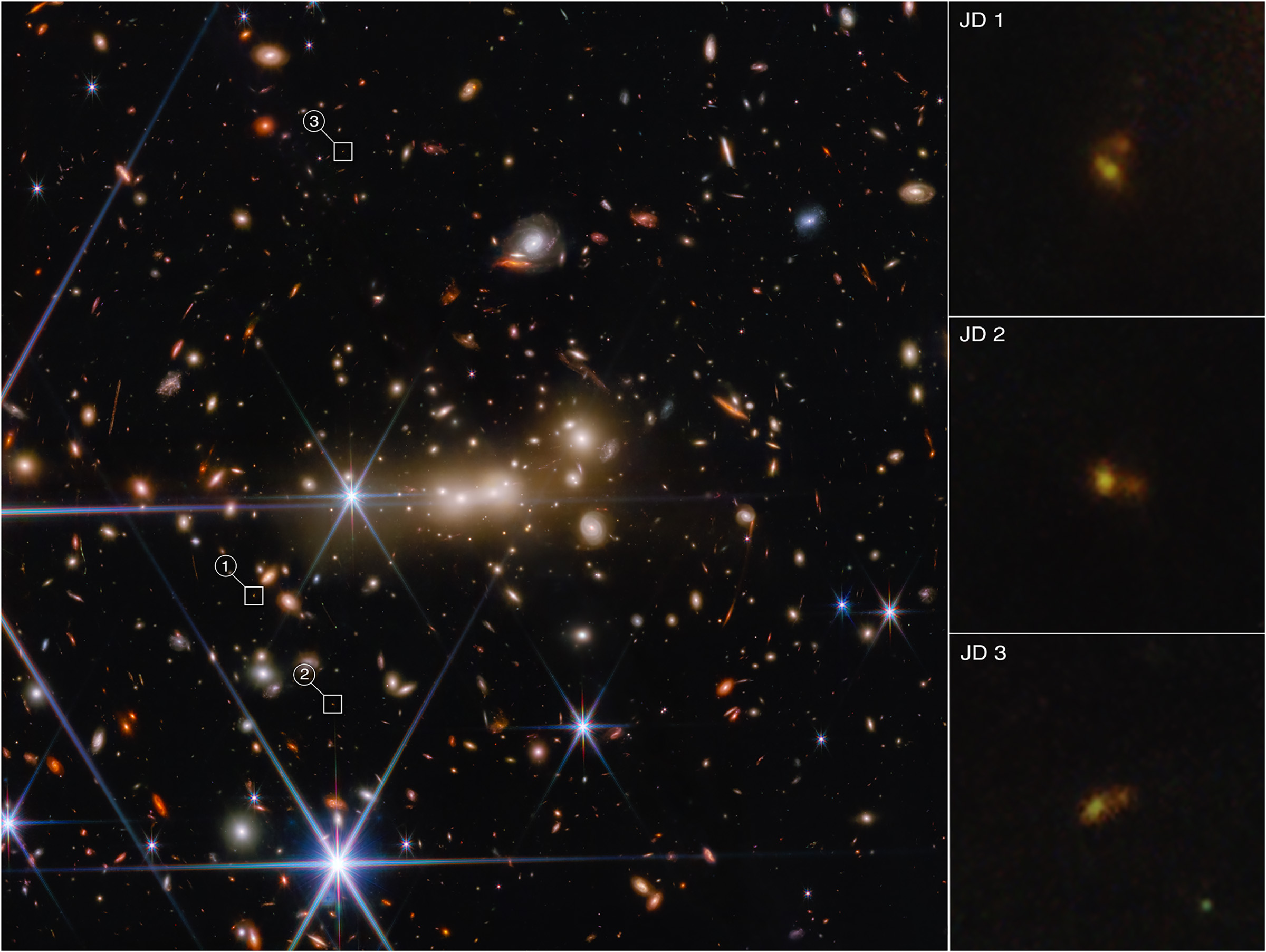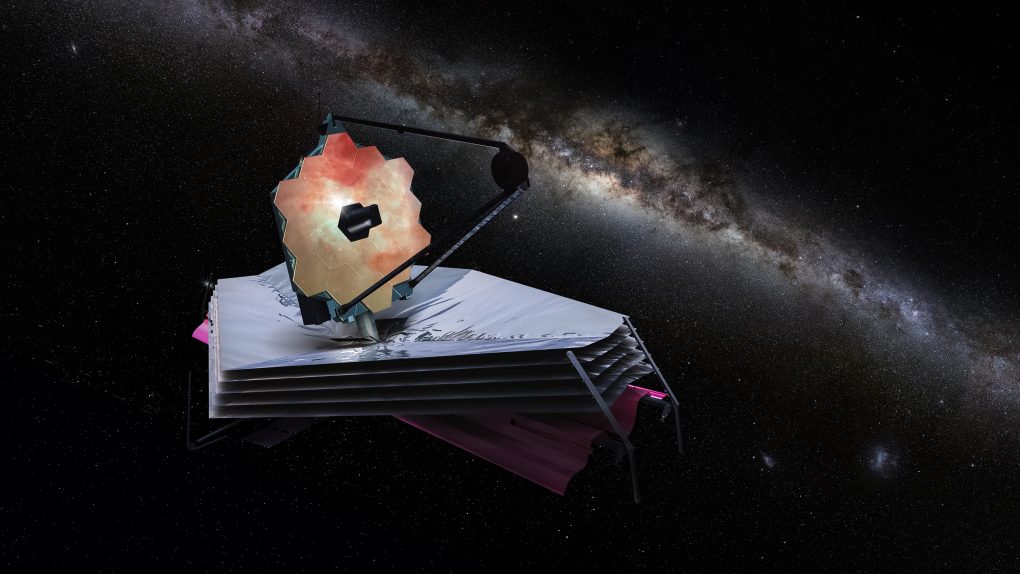We have so many questions about the early universe. Questions like, what did it look like right after the Big Bang? How or why did galaxies come to be? What was the first star? What planet formed first, and how did it form? There are even questions about how Earth formed and the origin of our Moon. Despite all that, what we actually know about the early universe is slim. But James Webb is changing that.
The new NASA and ESA-run space telescope made headlines earlier this year with Webb’s first images. The images gave us a colorful glimpse at some of the deepest parts of our universe. Every galaxy that we peer at is bringing us one step closer to answering the questions we have about the early universe.
From there, Webb has continued to give us glimpses into the early points of the universe. Now, a new image captured by James Webb uses the galaxy cluster MACS0647 as a cosmic magnifying glass, and it could answer questions surrounding the early universe.
Gravitational lensing, which literally bends light, magnifying things behind it, allowed the team to see more about MACS0647-JD, a galactic system believed to be part of the early universe, which astronomers discovered 10 years ago using Hubble. Questions about this early galaxy have been reeling in astronomers’ minds for a decade, and now they may finally get some answers.

Now, though, this newest image from Webb showcases just how many questions still remain about the early universe. What astronomers believed to be just one galaxy before, could actually be two. That’s because the newest image from Webb gives us a greater look at the galaxy known as MACS0647-JD.
It’s still too small to tell for sure, but with more observations, Webb could give us a more definitive answer thanks to its infrared systems. MACS0647-JD is believed to be from the first 400 million years of our universe, but if we’ve found two galaxies instead of one, we could be able to learn even more about those early moments, which would answer more of our questions about the early universe.
James Webb has already shown just how capable it is compared to Hubble’s aging technology, and by teaming up data from both telescopes, we can unlock more of our universe’s secrets.
More coverage: James Webb is preparing for Saturn observations after glitch fix.








